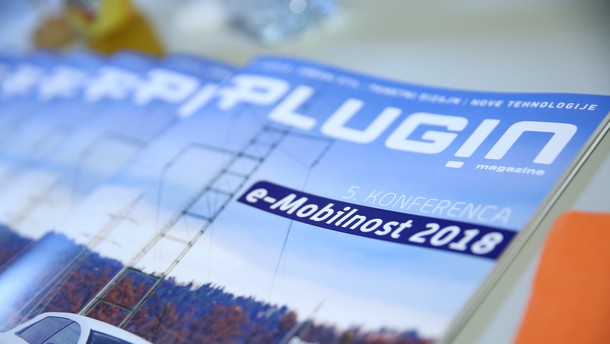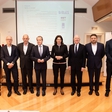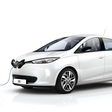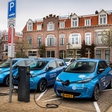
The world and Europe are faced with major changes in the field of mobility. After having been listening to ideas and promises for quite some time, we are now slowly moving beyond words and on to action. This is further proven also by the European Union which is about to adopt a new piece of legislation, obliging the Member States to cut greenhouse gas emissions by 2030. The fifth e-Mobility conference with international participation was held n cooperation with the Government of the Kingdom of the Netherlands, the Government of the Republic of Germany, the Austrian energy company OMV and ELES, domestic grid system operator, and therefore dealt with most interesting and vivid topics.
The conference is co-organized by Emobility.si and a publishing house Adria Media Ljubljana.
As already stated in the introduction by Primož Lemež, President of Emobility, the World suffers damage of several billions of euros and millions of premature deaths every year due to air pollution resulting from the transport sector. In Slovenia, EUR 400 million is spent on the treatment of diseases proven to be the consequences of poor air quality due to traffic. And Slovenia is by no means a good example in the field of e-mobility since it has not done much after the promising start and installation of the first electric charging stations on the entire motorway network, being the first globally in this respect. This was stressed by the Minister of Infrastructure, Alenka Bratušek, who added at the same time that Slovenia has a good development strategy.
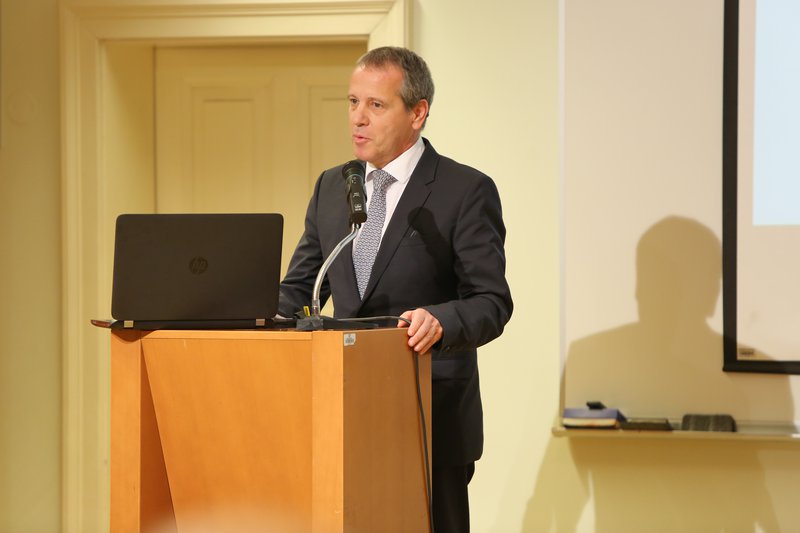
A member of the European Parliament from the Group of the Greens, dr. Igor Šoltes, shared the opinion of Alenka Bratušek and admitted that various long-term commitments are made in Europe in this field but we fail to live up to these commitments. Currently, e-mobility is the eighth most important economic sector in the world. The Member States are already losing the economic battle against China and the United States where e-mobility and consequently the production of electric vehicles and components have increased sharply. Also for these reasons, Europe is already preparing a call for tender for the development of electric batteries in the amount of EUR 114 billion. Accordingly, 260,000 jobs will be created.
The Dutch ambassador in Slovenia, Bart Twaalfhoven, also spoke about new jobs that electro mobility is expected to create in the Netherlands, one of the most rapidly developing countries in this field. Moreover, the Netherlands is planning a complete ban on the use of internal combustion engines by 2030. According to his compatriot, Mr. Evert Jan Schuurman, a senior consultant in the Dutch Government and an expert in e-mobility, the Netherlands is to reduce greenhouse gas emissions by as much as 49 percent by the same year. This objective will be attained by encouraging local authorities, through additional subsidies and public-private partnerships.
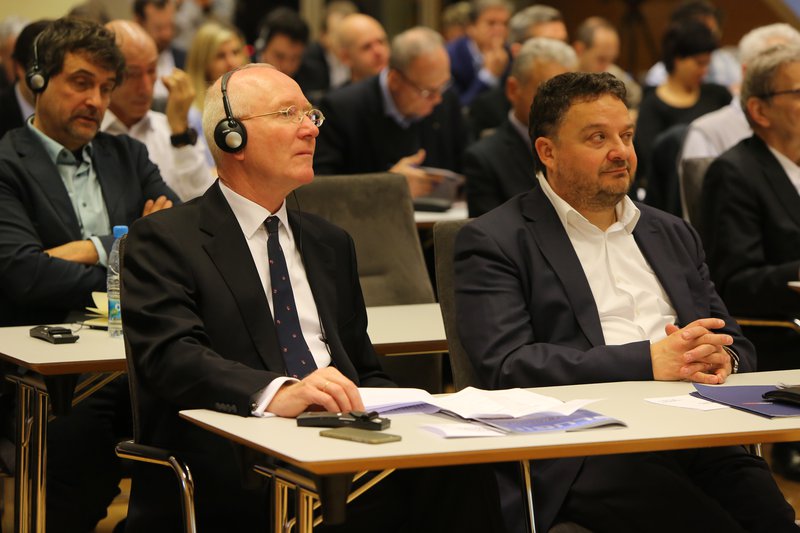
In his view, the Netherlands is known as the living lab where new practices are tested in reality, including the V2G (vehicle to grid) system which provides that electric cars would, where applicable, also return electricity to the grid and not only take it from the grid.
He exposed the Johan Cruijff ArenA Project as an example of good practice and the approach of a living laboratory where electricity generated from photovoltaics on the roof of the stadium is stored in batteries and if necessary, this energy is available to the Dutch power grid but otherwise it powers the Ajax stadium.
Frank Müller, a founder of the German Federal Agency for e-mobility (BEM), was a bit less enthusiastic about the situation in his country, but things are moving, nevertheless. This agency is cooperating with more than 300 start-ups, and the traditional automotive industry, being steadily under the pressure of the success of brands such as the American Tesla, is also focusing on the e-mobility development. A good example of this is Volkswagen that established a company Volkswagen Energy. In addition to electric vehicle production, VW will also offer a service of renting electric batteries for electric cars and their management.
In his view, the future is also in electric bikes – with the sales of two million bikes yearly, Germany is the second largest electric bike market (following China, of course). And sharing of electric vehicles is developing very fast. Young people increasingly opt for this option, and many of them do not even own a car.
As stressed by Uroš Salobir, Director of Strategic Innovation at ELES, the project should be tackled with extreme caution once electric cars come to life in Slovenia. Electric cars could eventually overload the power grid although we currently have sufficient electricity capacity. The problem is the power and simultaneous instantaneous connection of a larger number of electric cars to the grid. Smart charging stations could solve this problem to an important extent by using cars as passive energy storage. However, when the cars are not used, they should constantly be connected to the grid (23 hours per day on average). If simple use, the standardization of charging points and strategic management are added to this, as envisaged by the E8 Strategy, the majority of the measures for the establishment of electric car charging has already been implemented. The fact that this way electric cars can be charged considerably cheaper is not negligible for consumers or EV owners.
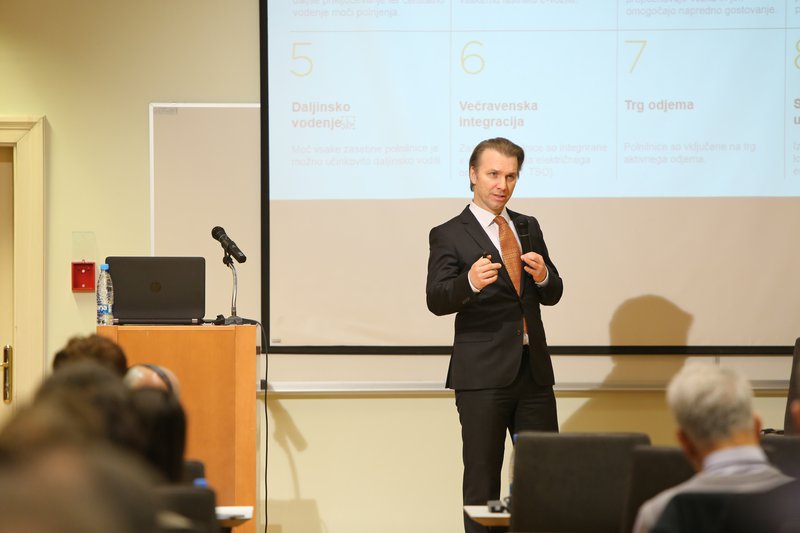
OMV, energy company from Austria, or its representative Richard Bachinger has a somewhat different view of the mobility in the future. Bachinger is aware that fossil fuels are 'like sugar for the body'; it is an unhealthy but convenient source of energy that we should get rid of in everyday life and traffic as soon as possible. The demand for fossil fuels is increasing day by day while the introduction of alternative fuels is slowed down by several factors such as limited capacity of batteries, expensive electricity and expensive research on the one hand, and cheap existing technologies on the other. The solution is not only in electricity, but in a combination of electricity and various sorts of gases, including hydrogen.
However, all these activities and incentives will not help without proper awareness among people. Tomaž Drozg, Adria Media owner that publishes Plugin Magazin, is absolutely sure that empowered consumers are the key to a successful shift to e-mobility where Adria Media will continue its efforts. He exposed the fact that there are no allies to be found on this path who would also be willing to invest into raising public awareness.
While the first day of this year’s e-mobility conference was a bit more professional and international, the second day attracted the attention of the general public more, i.e. of those who may consider purchasing an electric vehicle for private or professional use. Primož Lemež, President of Emobility.si and one of the conference organizers presented a program of subsidies for a purchase of a new electric or hybrid car. Eko Sklad (Eco Fund) which takes care of the allocation of subsidies and subsequent arrangement of loans in Slovenia is very good at what it does.
Željko Purger and Gregor Korenčan from Renault-Nissan Slovenija provided figures to show that electric vehicles are really much cheaper in terms of everyday use and consumption. These are the top leading brands of electric cars in Europe since today every fourth electric car in the old continent is Renault; it can soon be expected that Nissan Leaf will become the best-selling electric car in Slovenia, too. It has been shown that after four-year ownership (the comparison included Renault ZOE and Renault Clio), taking into consideration all costs irrespective of the number of kilometers travelled, an electric car is a more favorable option than comparable petrol or diesel cars – the difference can range from EUR 2,800 to EUR 700 annually.
The argument frequently used by numerous motorists as to the reasons why they would not buy an electric car is insufficient range of these cars. At the conference, Dušan Lukič and Marko Logonder supported their thesis that this is not the case with figures. In fact, electric cars allow sufficient range for everyday needs whereas for longer distances batteries are to be charged only every few hundred kilometers.
Lemež argued that there are even too many charging stations in Slovenia, but on the other hand we still have insufficient number of private charging points. Teo Bunta from Elevat mentioned that they only cost some hundreds of euros. Bunta also added that in agreement with the owners such charging stations could also be installed in multi-household dwellings, which means that electric cars are more and more interesting for those who live in such dwellings. As exposed by Uroš Salobir from ELES during the first day of the conference, it is already time to think about the purchase of a smart charging station.
The third important reason why the sales are lagging behind is a battery pack. The latter is too expensive and should be replaced every few years while there is also a risk of battery self-ignition. According to Michel Adamič from the Kemijski Inštitut (National Institute of Chemistry), this fear is unfounded. The blame for the lack of trust of potential users also lies with mobile phones with batteries that fail after two years. Because of the integrated system for controlling the BMS operation, the batteries in electric cars are to last much longer. Examples from practice already show that batteries do not lose any significant capacity even after hundreds of thousands of kilometers.
Pošta Slovenije has proved that there are companies also in Slovenia that break new ground in a shift to electric cars. Its employees cover the distance of about 3.6 million kilometers in company cars every year. As Mrs. Branka Leskovšek explained, this figure is one of the reasons why in the company decided to purchase the first generation of electric vehicles using lead batteries that were replaced over time by Renault Cangoo Z.E., quads Paxster and electric scooters. Even today, the management of Pošta regards this decision as the correct one since the vehicles meet their needs and the users are also delighted.
The organizers of the 5th e-mobility conference – Emobility and Adria Media – have already announced that the 6th conference will be even bigger and better than this year.
